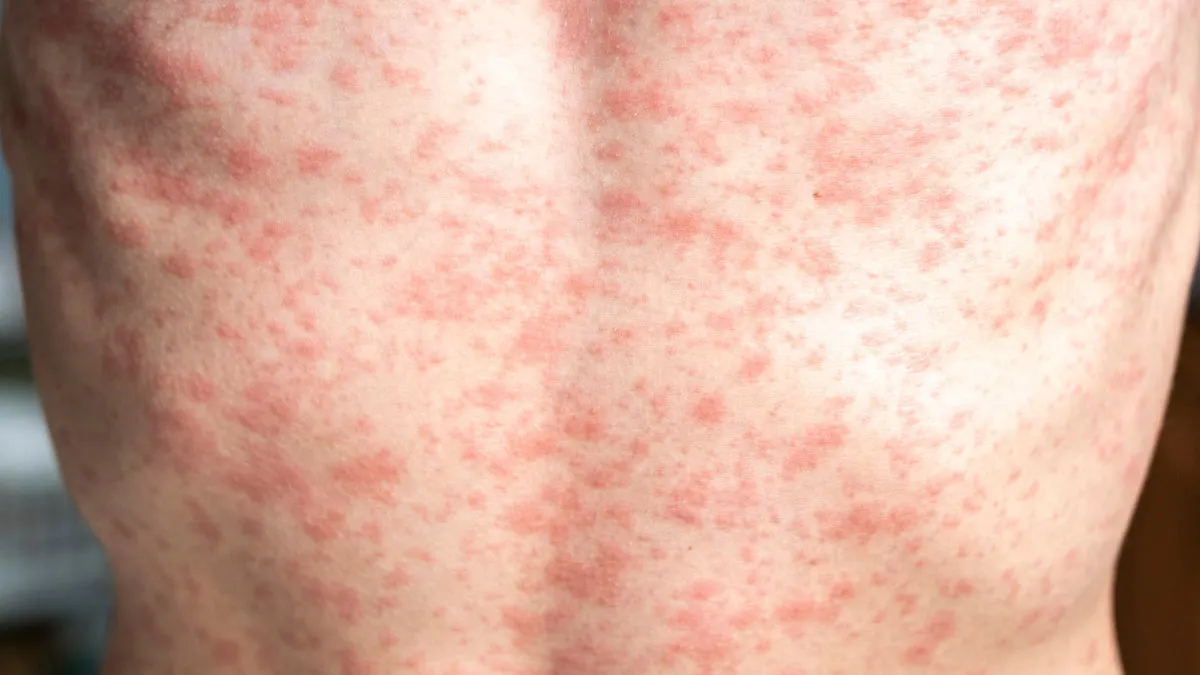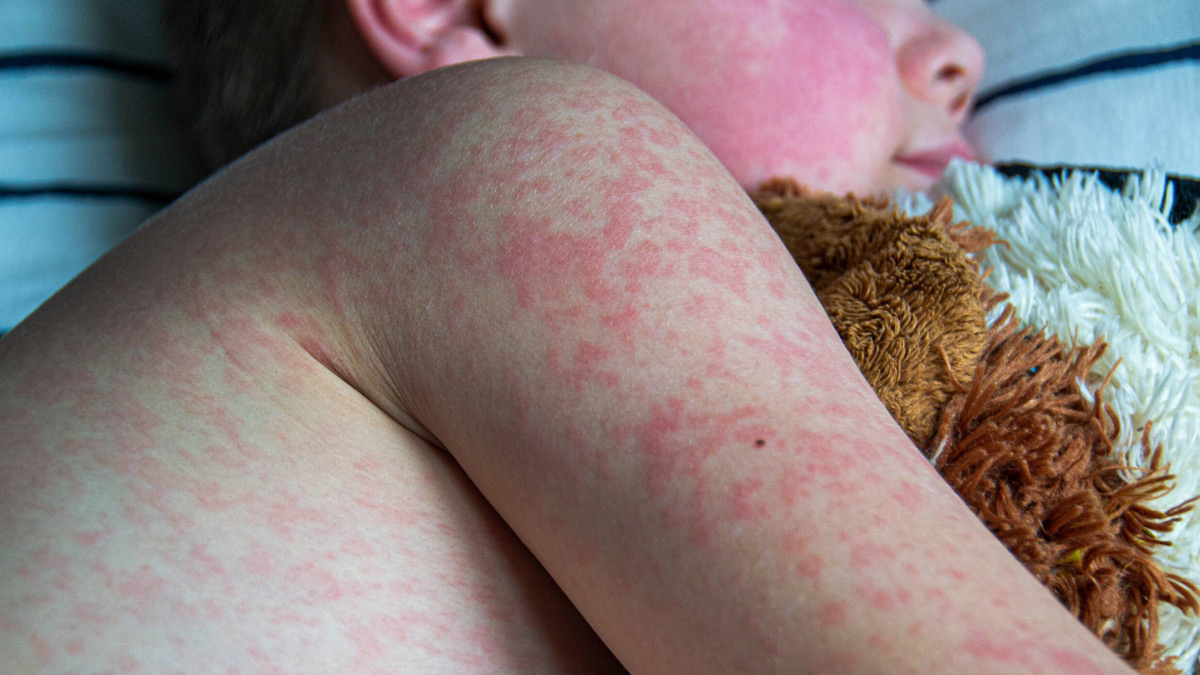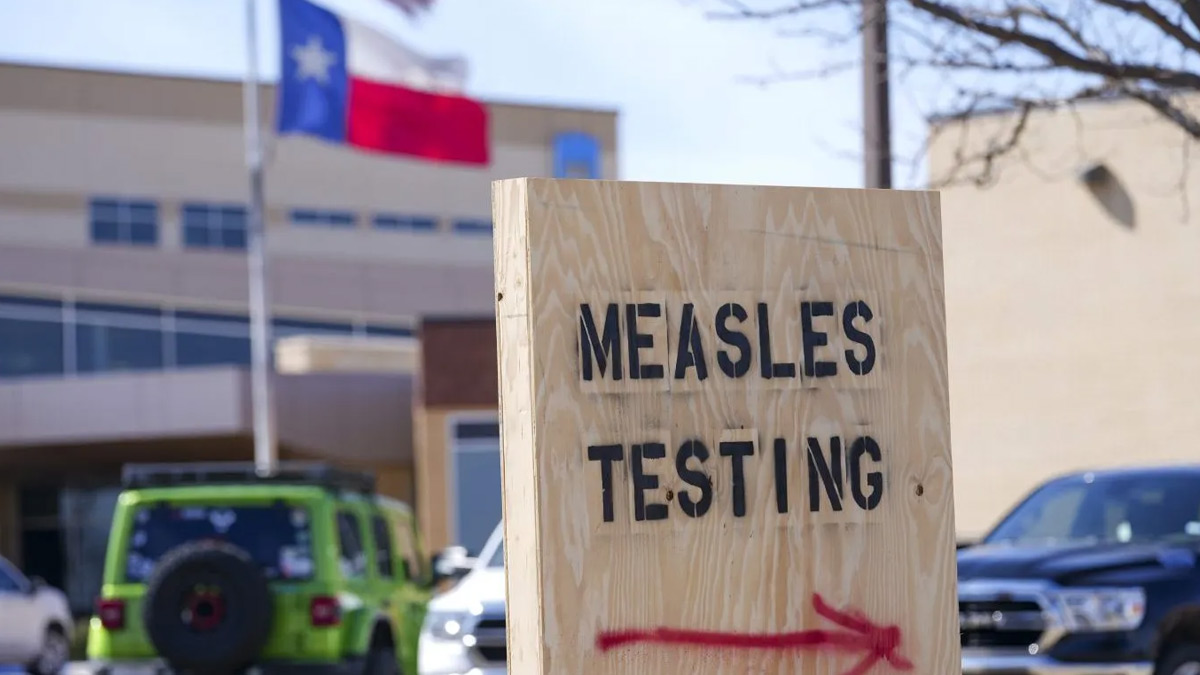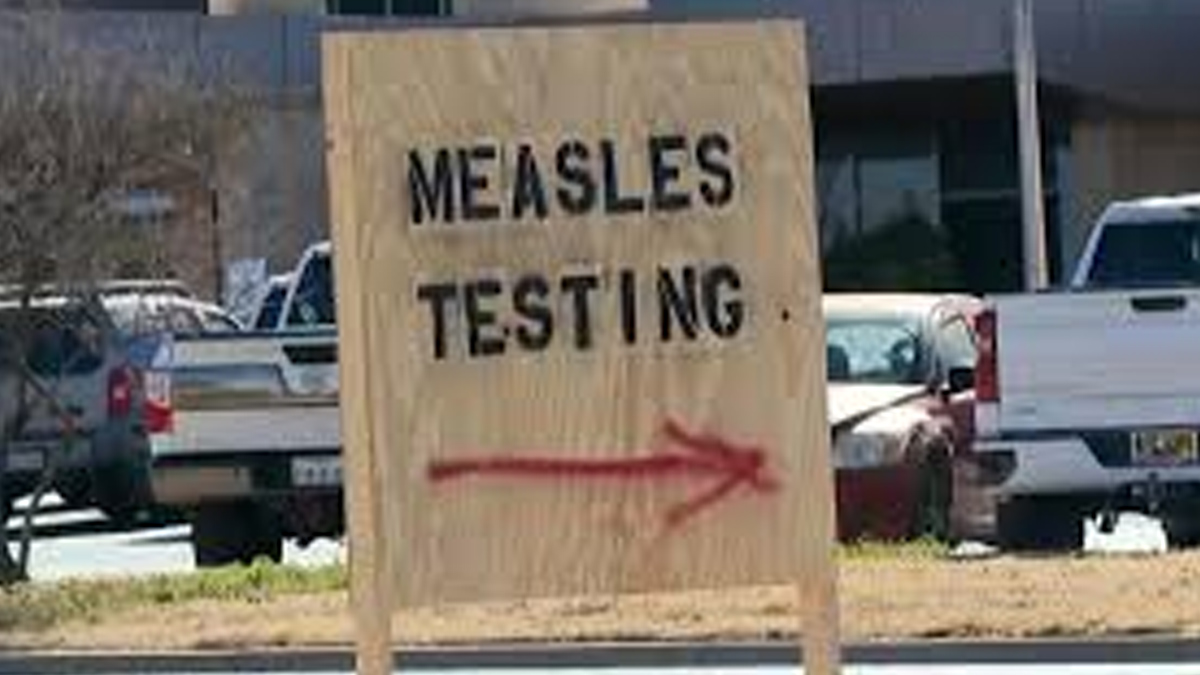
A severe measles outbreak in West Texas has taken a deadly turn, claiming its first life as cases surge beyond 120. Health officials are scrambling to contain the spread of the highly contagious virus, which has primarily affected children in the region. The outbreak has also extended into neighboring New Mexico, sparking concerns over declining vaccination rates and their role in the resurgence of preventable diseases.
Table of Content:-
Texas Reports First Measles Fatality Amid Growing Outbreak
Officials in Lubbock, Texas, confirmed the first death linked to the ongoing measles outbreak. While details regarding the deceased individual remain undisclosed, the case underscores the serious risks posed by the virus. The Texas Department of State Health Services reports that 124 cases have been identified across nine counties in West Texas, with an additional nine cases emerging in eastern New Mexico.

Measles, a highly infectious respiratory virus, can linger in the air for up to two hours, making transmission alarmingly easy. According to the Centers for Disease Control and Prevention (CDC), nearly 90% of unvaccinated individuals exposed to the virus will contract the illness. While many children recover without complications, severe cases can lead to pneumonia, encephalitis (brain swelling), blindness, and, in some instances, death.
Also Read: Cholera Outbreak In Sudan: 58 Dead, 1,300 Infected In Three Days; Know Symptoms To Look Out For
Mennonite Community Faces the Brunt of the Outbreak
Reports indicate that the outbreak has disproportionately impacted the Mennonite community in rural Texas. These communities, spread across vast stretches of open land, are closely interconnected through work, religious gatherings, and daily errands, facilitating the rapid spread of the disease. Experts suggest that religious and cultural beliefs, coupled with vaccine skepticism, have contributed to lower immunization rates in these communities. The reluctance to vaccinate has left many residents vulnerable to the virus, fueling the outbreak’s intensity.

Plummeting Vaccination Rates Fuel Measles Resurgence
The measles outbreak in Texas mirrors a larger nationwide trend of declining vaccination rates. The CDC states that the measles, mumps, and rubella (MMR) vaccine, administered in two doses, provides 97% protection against measles. However, immunization rates have been slipping in some communities due to misinformation and skepticism about vaccine safety.
Also Read: New Bat Virus HKU5-CoV-2 Discovered At Wuhan Lab Sparks Global Pandemic Fears
A significant factor behind this decline is the growing influence of the anti-vaccine movement, which promotes unfounded concerns about vaccine-related risks. Health officials stress that maintaining a 95% vaccination coverage rate is crucial for achieving herd immunity and preventing outbreaks like the one currently unfolding in Texas.

Understanding Measles: Symptoms and Risks
Measles is a viral infection characterized by a high fever, fatigue, persistent cough, sore throat, and inflammation of the eyes. The virus primarily spreads through respiratory droplets from coughing, sneezing, or even talking.
Symptoms generally appear between 8 to 12 days after exposure but can take up to 21 days in some cases. The most common early signs of measles include high fever, runny nose and sore throat, red, watery eyes, persistent cough, muscle pain and fatigue, and sensitivity to light. A few days after these initial symptoms, a distinctive red rash develops, beginning on the face and spreading across the body. The rash typically lasts about a week before fading.
Bottomline
Health authorities are urging residents, especially those in affected areas, to get vaccinated immediately if they haven’t already received both doses of the MMR vaccine. Public health measures, including quarantine protocols for exposed individuals and awareness campaigns, are being ramped up to curb the outbreak’s spread.
The situation in Texas serves as a stark reminder of the importance of vaccinations in preventing deadly outbreaks. While medical advancements have made measles nearly eradicated in the past, vaccine hesitancy threatens to undo decades of progress. As health officials continue their efforts to contain the virus, the key to halting its spread lies in boosting immunization rates and reinforcing the critical role of vaccines in safeguarding public health.
Also watch this video
Read Next
Mizoram Faces HIV Crisis: Over 32,000 Infected, Making It The State With Highest HIV Rate In India
How we keep this article up to date:
We work with experts and keep a close eye on the latest in health and wellness. Whenever there is a new research or helpful information, we update our articles with accurate and useful advice.
Current Version